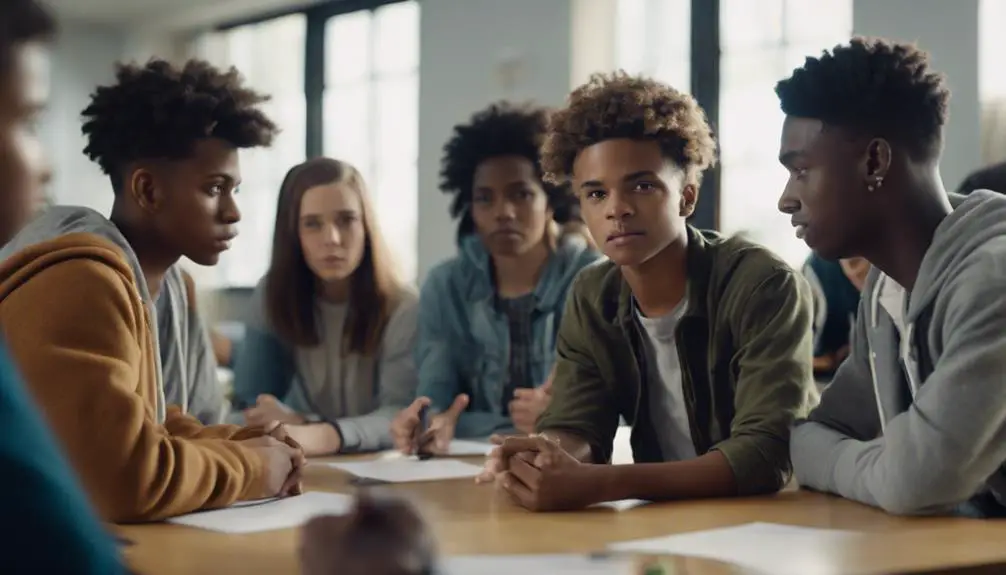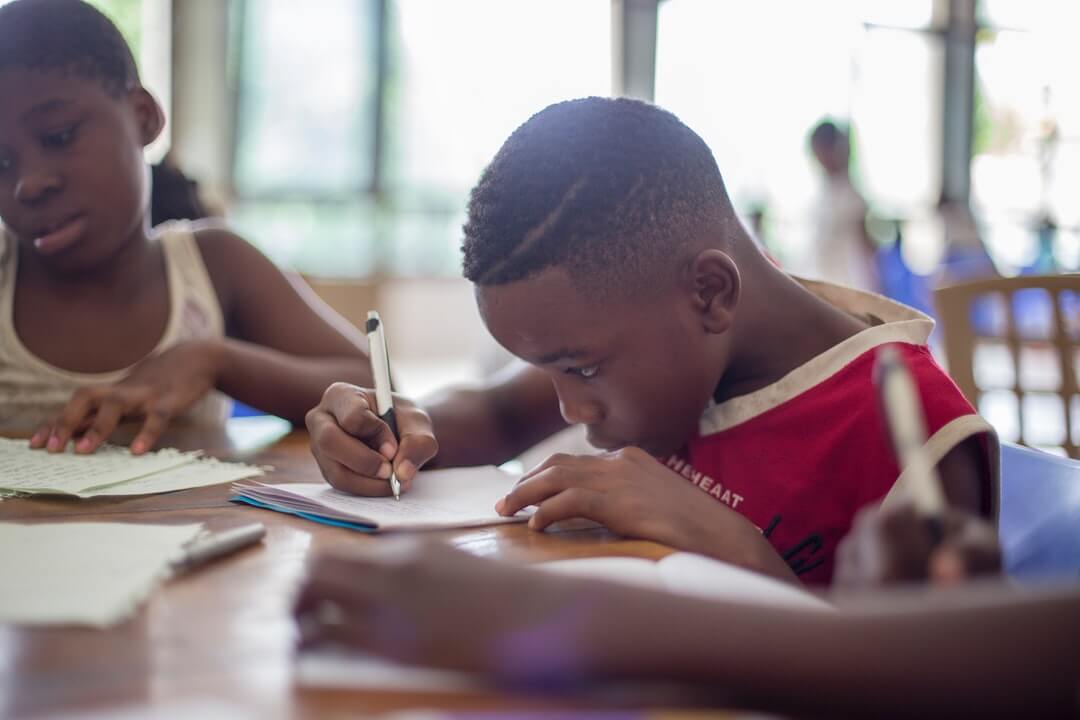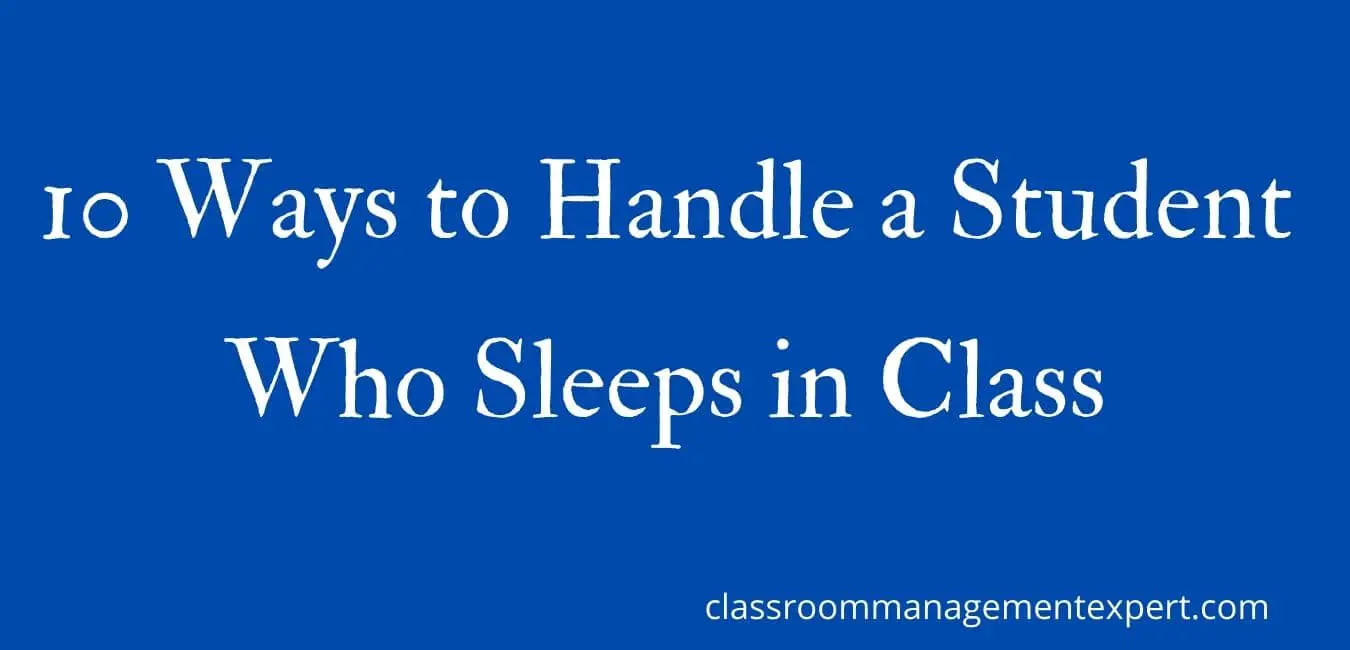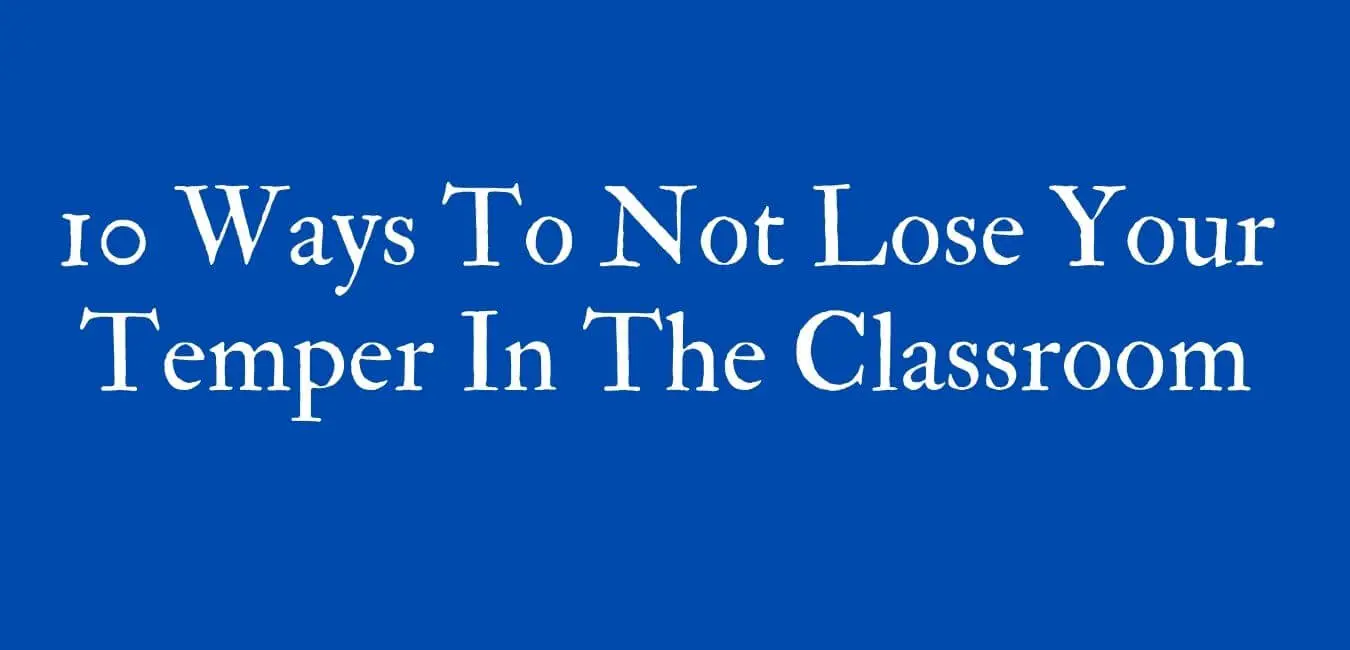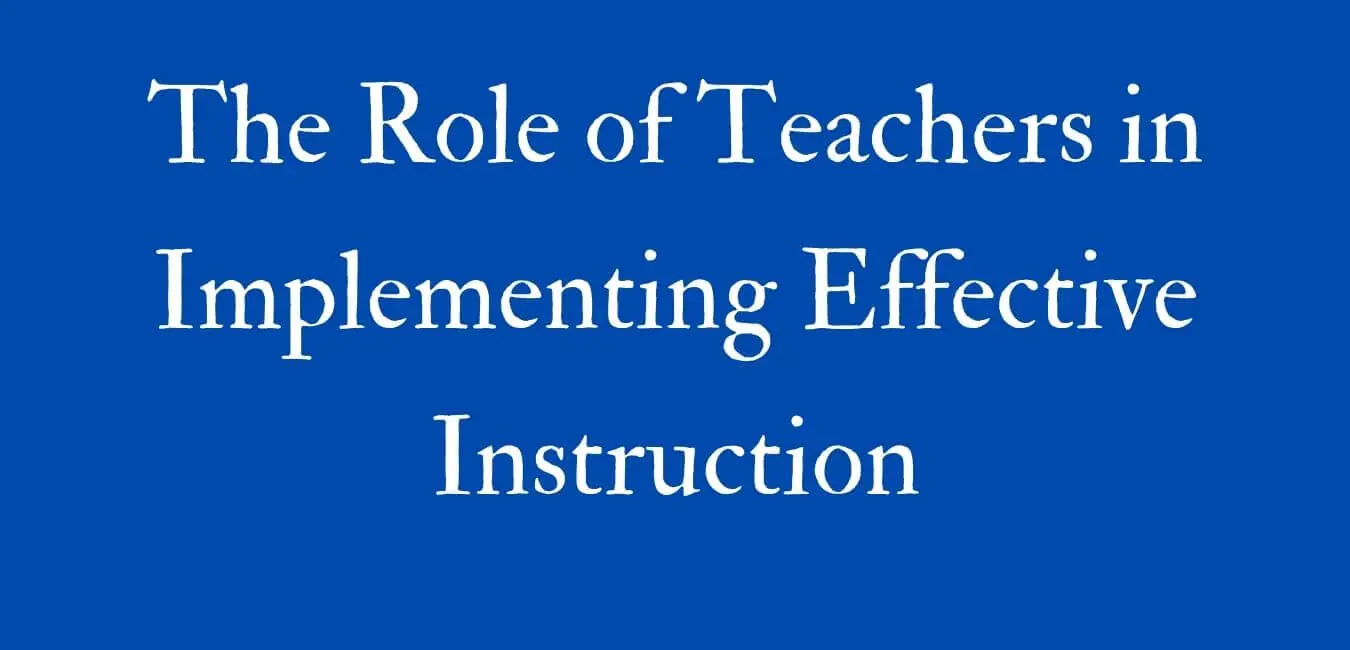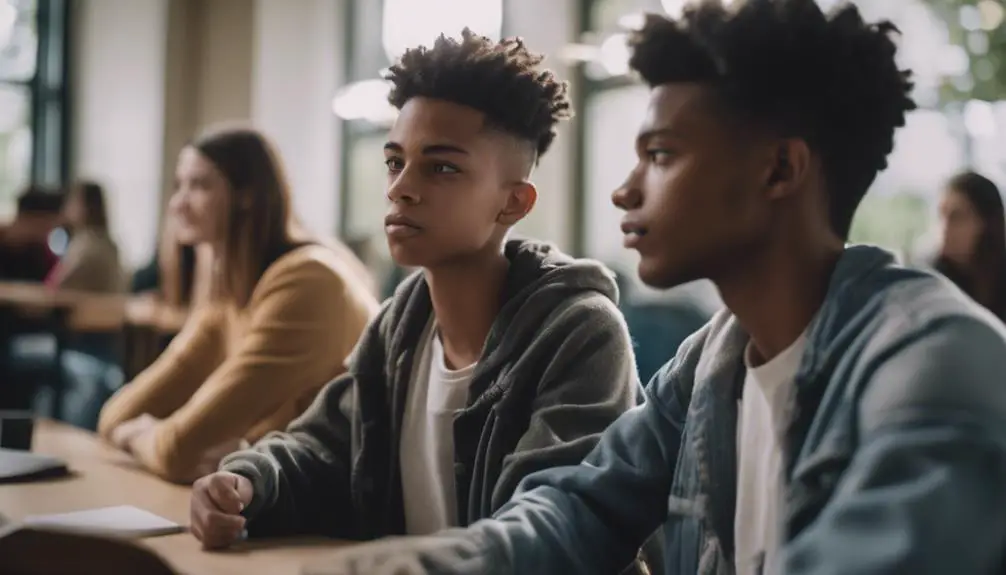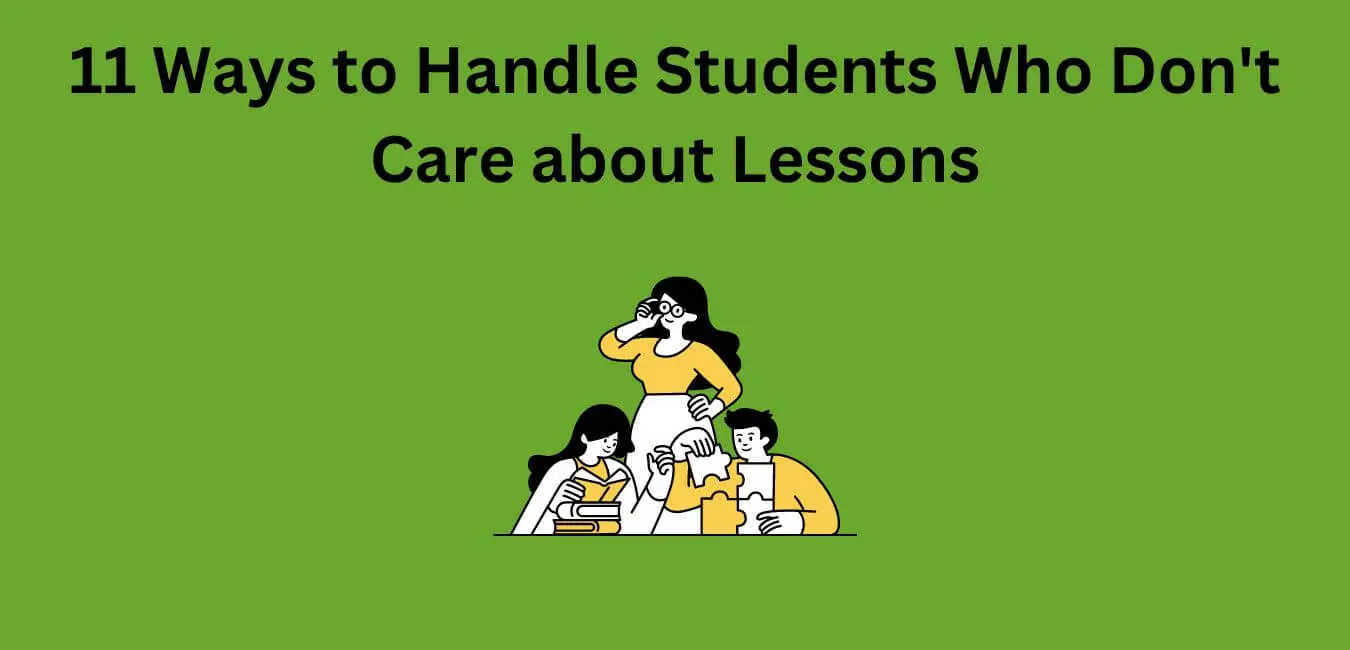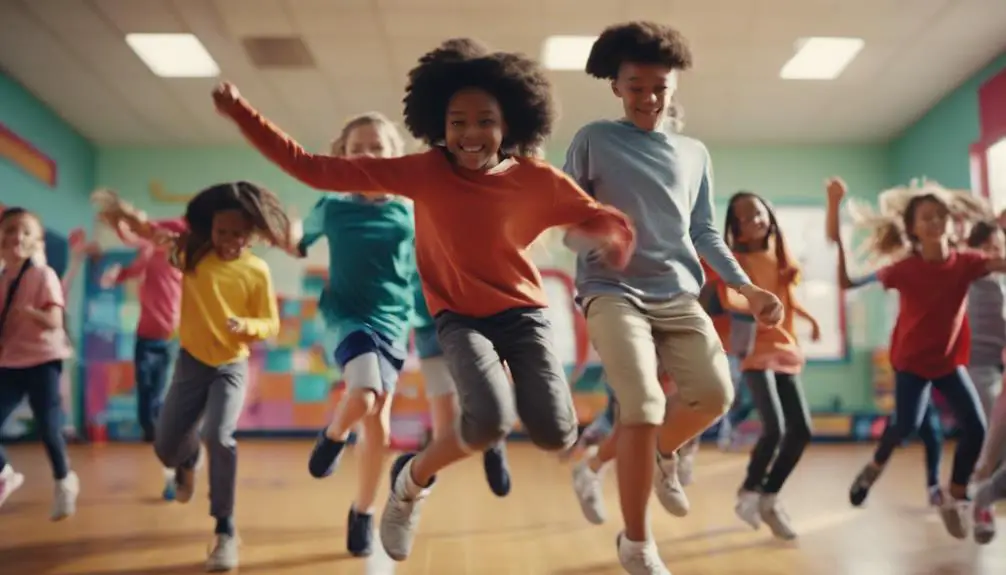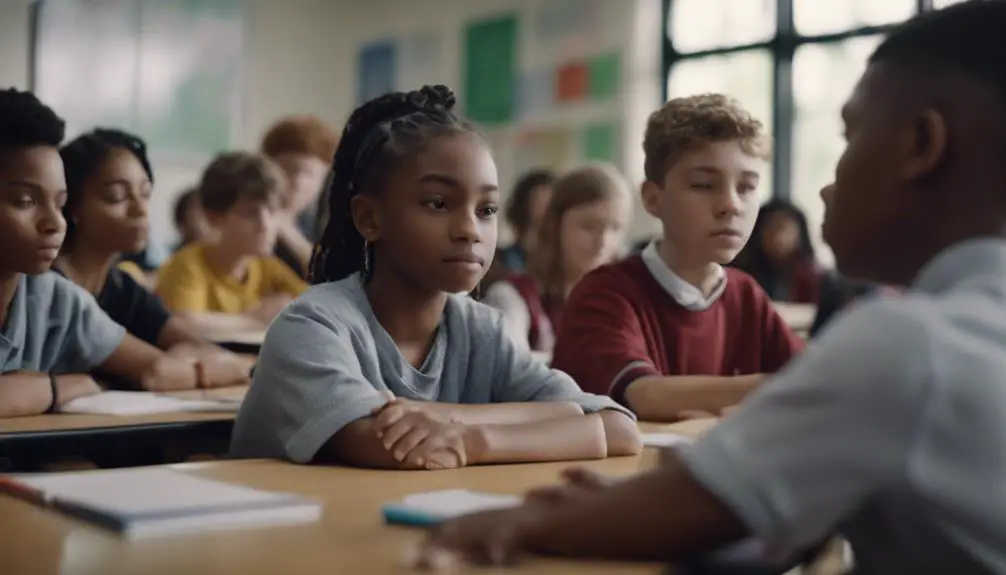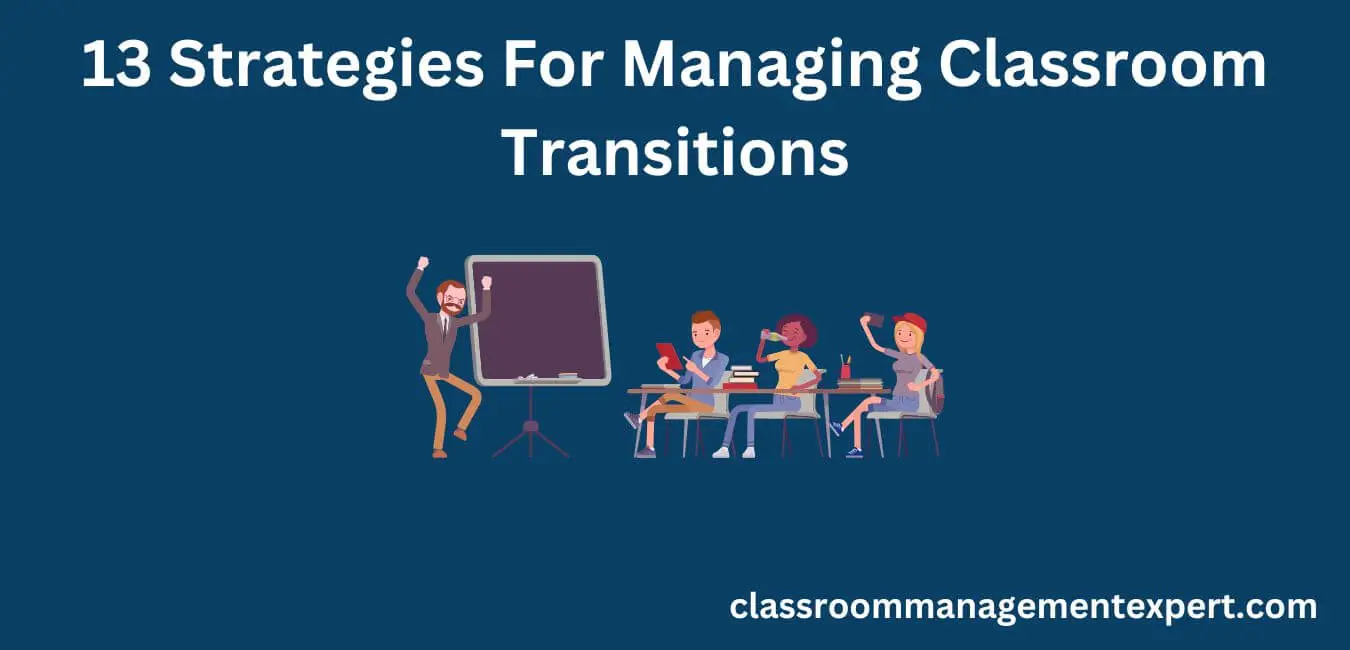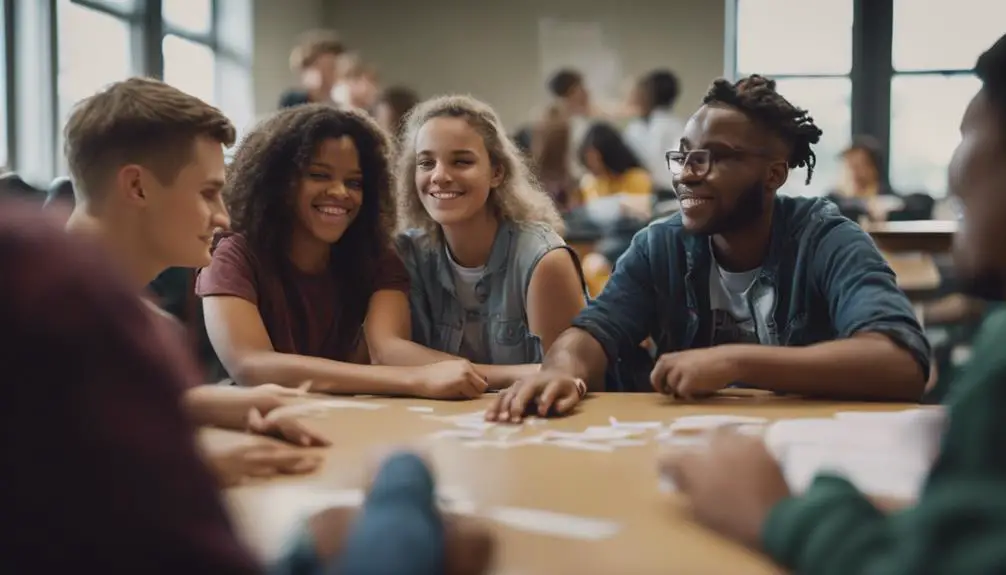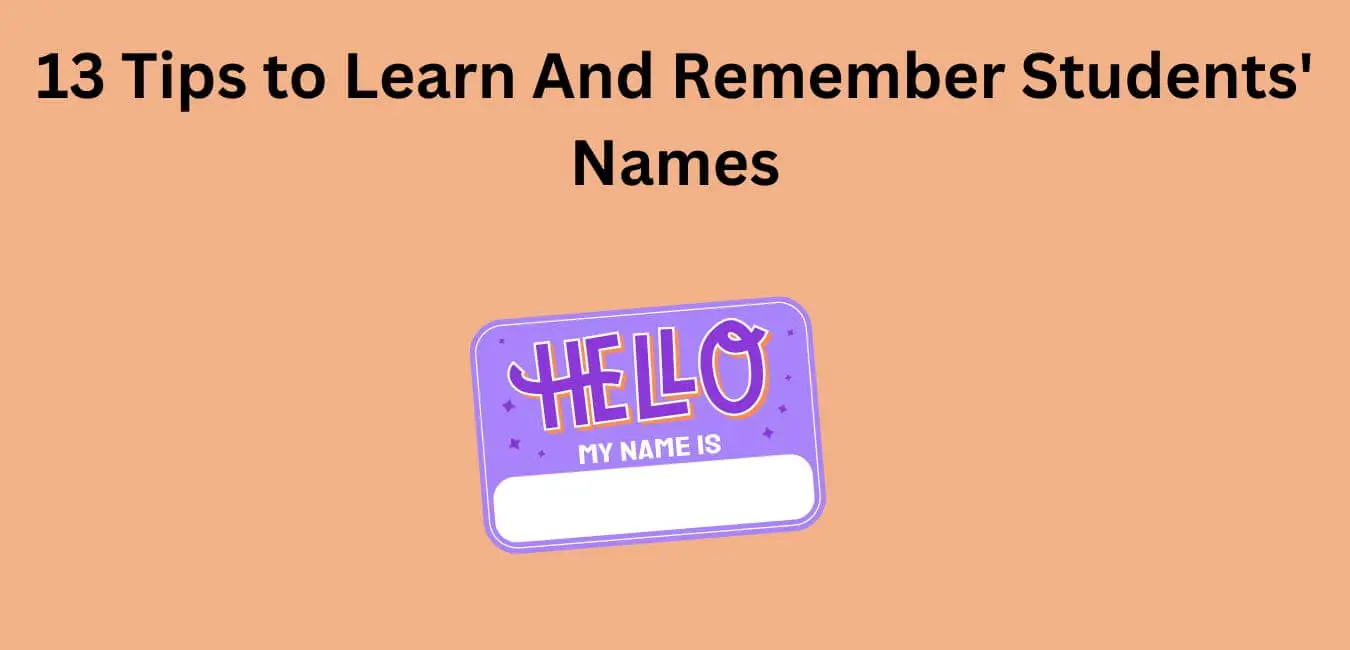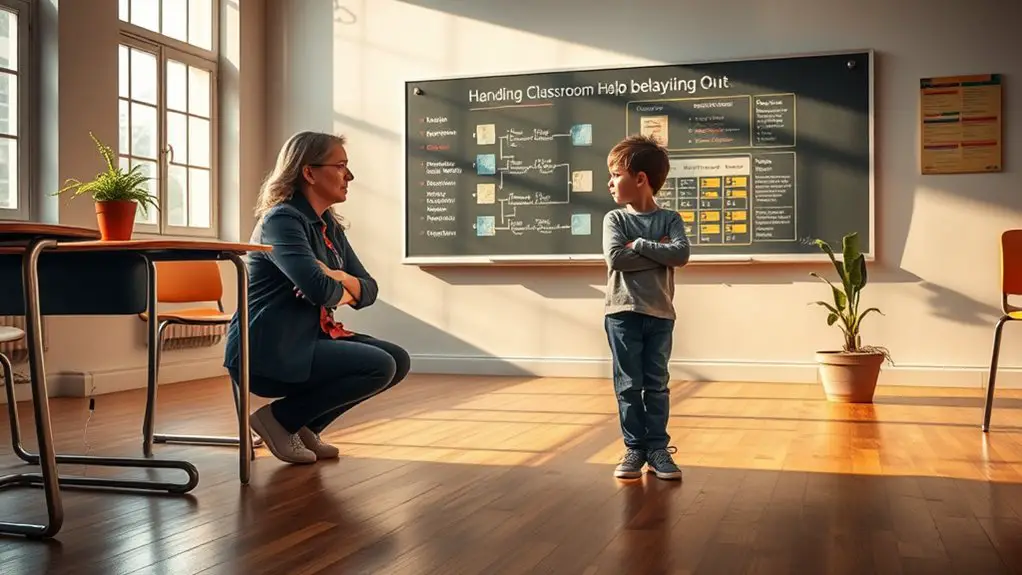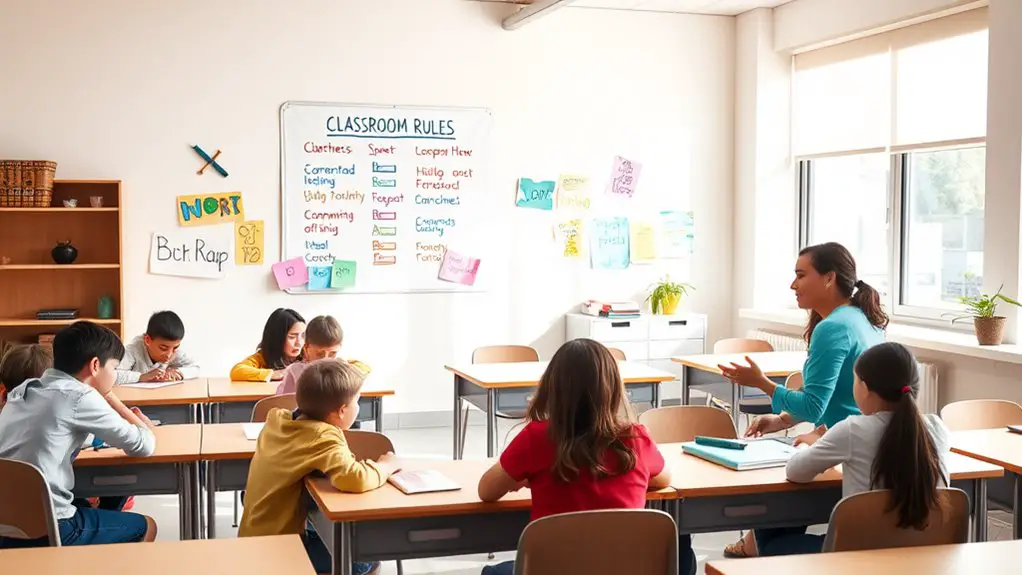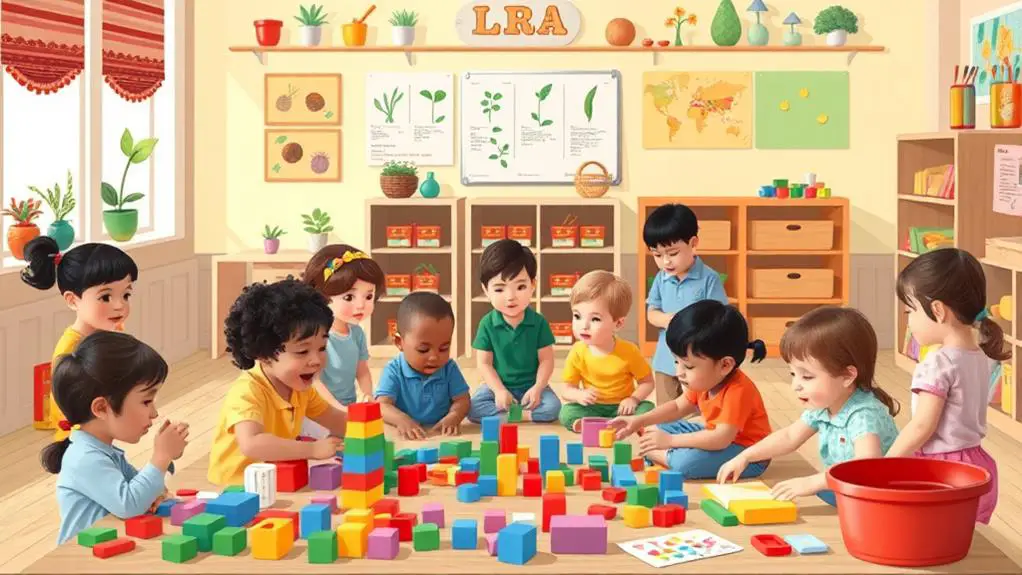Peer mediation training for students offers a structured plan with 15 essential steps to enhance conflict resolution skills. From selecting student mediators to designing training content, each step focuses on fostering crucial abilities for cultivating a harmonious school atmosphere.
With an emphasis on effective communication, attentive listening, and impartiality, this training equips students with valuable life skills beyond mediation. By following these steps, students can confidently address conflicts and nurture a sense of unity within the school community.
Understanding Peer Mediation
Understanding peer mediation involves learning how students can independently resolve conflicts with the assistance of trained peers. The benefits of mediation include enhancing communication skills, fostering empathy, and teaching effective problem-solving strategies.
Peer support is pivotal in creating a safe and non-judgmental space for students to express their feelings and address their concerns.
I have personally witnessed the positive impact of peer mediation in schools. Empowering students to actively participate in conflict resolution not only cultivates a peaceful school environment but also equips them with essential life skills. Peer mediators serve as mentors and role models, guiding their peers towards constructive resolutions and promoting mutual respect.
Through peer support, students feel validated and supported, leading to stronger connections and a sense of unity within the school community. As a mediator, I’ve observed students gaining confidence and resilience, knowing they’ve the backing of their peers during challenging situations.
Importance of Peer Mediation
Peer mediation plays a crucial role in fostering conflict resolution skills among students. As someone committed to helping others, I recognize the significance of peer support in peacefully resolving disputes. Conflict resolution is a key skill that empowers students to communicate effectively, show empathy, and find solutions that benefit everyone involved. Through participating in peer mediation, students not only learn to handle conflicts in a positive way but also contribute to creating a harmonious school environment.
Peer support in mediation enables students to feel heard and valued during disagreements. It establishes a secure environment for individuals to express their emotions and viewpoints while receiving guidance from their peers. This collaborative approach cultivates empathy, teamwork, and a sense of unity among students.
Conflict resolution, facilitated by peer mediators, equips students with lifelong skills that go beyond the school setting.
Selecting Student Mediators
When it comes to choosing student mediators, it’s crucial to conduct a thorough assessment of their skills to ensure they’ve the necessary abilities for the role.
Diversity in mediator selection plays a vital role in forming a team that can connect with and comprehend the various perspectives of their peers.
These aspects are essential for establishing a successful and inclusive peer mediation program.
Skills Assessment for Mediators
When assessing potential student mediators, I focus on their communication skills, conflict resolution abilities, and level of empathy. It’s crucial to select individuals who exhibit strong self-awareness, recognizing their own biases and limitations.
Effective mediation hinges on active listening, clear expression of thoughts, and the capacity to comprehend diverse viewpoints. Problem-solving skills are a must for mediators, as they play a pivotal role in guiding disputing parties towards mutually agreeable resolutions.
Empathy is a cornerstone of successful mediation, fostering connections with the emotions and experiences of the conflicting parties. I seek out students who demonstrate genuine care and compassion for others, as these qualities are essential for fostering understanding and collaboration.
Diversity in Mediator Selection
In selecting student mediators, our focus is on embracing diversity to ensure a well-rounded team capable of understanding and addressing a wide range of perspectives and experiences.
Mediator diversity plays a crucial role in building inclusive mediation teams that can effectively navigate conflicts with cultural sensitivity.
By choosing student mediators from various backgrounds, we aim to mirror the diversity within the student body, creating an environment where all students feel heard and understood during the mediation process.
This approach fosters a more inclusive and empathetic mediation experience for everyone involved.
Training Curriculum Development
When developing a comprehensive training program for peer mediation, it’s crucial to prioritize training effectiveness. This means creating a program that not only imparts knowledge but also ensures that students can apply what they learn in real conflict situations.
To enhance training effectiveness, incorporating regular assessments and feedback to monitor progress and address any areas needing improvement is essential.
Furthermore, adapting the curriculum to meet the diverse needs of students undergoing peer mediation training is imperative. Customizing the curriculum to accommodate various learning styles, cultural backgrounds, and age groups can significantly boost its impact.
Communication Skills Training
To prepare students for effective conflict resolution, we’ll focus on enhancing their communication skills through specialized training sessions. Strong interpersonal skills are essential for successful peer mediation, and communication skills training will enable students to express themselves clearly, actively listen, and navigate conflicts with empathy.
During these sessions, students will participate in role-playing exercises to practice various communication techniques. They’ll learn how to assert themselves respectfully, creating a positive mediation environment. Mastering clear and respectful communication will help students de-escalate conflicts and guide parties towards mutually beneficial solutions.
Furthermore, honing communication skills will empower students to establish trust and rapport with their peers, crucial for conflict resolution success.
Through these training sessions, students won’t only enhance their ability to communicate effectively but also gain a deeper understanding of the importance of interpersonal skills in fostering harmony within the school community.
Active Listening Techniques
Let’s delve into effective methods for enhancing active listening skills in peer mediation training sessions.
Empathy building is crucial when it comes to active listening techniques. To truly understand and connect with others during a mediation session, it’s essential to demonstrate genuine empathy by putting yourself in their shoes and trying to see things from their perspective.
Nonverbal cues are key in active listening. Maintaining eye contact, nodding in acknowledgment, and using open body language can signal to the speaker that you’re fully engaged and present in the conversation. These cues help create a safe and supportive atmosphere for effective communication.
Mastering paraphrasing skills is also essential in active listening. By summarizing and reflecting back what the speaker has expressed, you demonstrate active listening and understanding of their viewpoint. This not only clears up any potential misunderstandings but also shows respect for the speaker’s thoughts and emotions.
Practice these techniques to enhance your active listening abilities and become a more effective peer mediator.
Conflict Resolution Strategies
Effective conflict resolution strategies play a vital role in successfully managing peer mediation sessions and achieving positive outcomes. To enhance these skills, attending conflict resolution workshops can offer valuable insights and techniques.
Moreover, establishing strong peer support networks enables the exchange of ideas and experiences, leading to the refinement of conflict resolution abilities.
Here is a breakdown of key conflict resolution strategies that can be utilized during peer mediation sessions:
Active Listening: Listen attentively without interruptions, displaying empathy and understanding.
Open Communication: Foster open and honest dialogues to allow for the expression of feelings and viewpoints.
Empathy: Put yourself in the shoes of each party to gain a deeper understanding of their perspectives.
Collaboration: Work collaboratively towards identifying solutions that benefit all parties involved.
Role-Play Exercises
Engaging in role-play exercises enhances the practical application of conflict resolution skills in peer mediation training. Role-play scenarios offer a hands-on opportunity to practice active listening, empathy, and communication techniques in a simulated conflict setting. Students immerse themselves in different roles, gaining insights into diverse perspectives and honing their ability to find common ground.
Following role-play scenarios, debriefing sessions play a crucial role in facilitating reflection and feedback. These sessions enable students to pinpoint successful elements, areas for improvement, and strategies to enhance their mediation skills. Through open discussions about their experiences, students can learn from one another and glean valuable insights into various conflict resolution approaches.
Incorporating improvisation exercises alongside structured role plays can further enrich students’ capacity to think quickly and adapt to unforeseen circumstances during mediations. Conflict simulations provide a realistic environment for students to apply their skills and techniques in practical scenarios, deepening their understanding of conflict resolution dynamics.
Handling Emotions Effectively
Effectively managing emotions is a crucial component of successful peer mediation training for students. Emotion regulation is key to handling conflicts and guiding them towards positive resolutions.
As student mediators, it’s essential to develop coping mechanisms that allow us to navigate challenging situations with composure and empathy. Peer support plays a vital role in this journey, offering a safe environment to express emotions and receive helpful feedback.
Throughout peer mediation training, it’s beneficial to practice conflict resolution techniques to address emotional reactions constructively. By recognizing and comprehending our emotions, we can respond to conflicts in a composed and logical manner. Employing coping strategies like deep breathing exercises or mindfulness practices can help us remain grounded during intense mediation sessions.
Building Trust Among Students
Building trust among students is crucial for successful peer mediation training. Trust-building activities are key in creating a safe, respectful, and understanding environment for students.
Engaging in team-building exercises that promote collaboration and communication is essential for fostering trust. These activities not only help students develop teamwork skills but also form bonds that encourage empathy and mutual understanding.
Integrating peer support programs can also contribute to building trust among students. Encouraging students to assist each other through challenges and conflicts fosters a sense of unity and solidarity within the group.
This peer-to-peer support can enhance the effectiveness of student conflict resolution by establishing a supportive network where individuals feel empowered to address issues openly and constructively.
Practicing Neutrality
To emphasize the importance of maintaining a neutral stance in peer mediation sessions, let’s focus on the critical role it plays in ensuring fair conflict resolution.
Student mediators must navigate potential bias challenges skillfully to facilitate impartial discussions between conflicting parties effectively.
This skill of practicing neutrality is key to guaranteeing a level playing field and promoting a balanced resolution process.
Neutral Stance Importance
Maintaining a neutral stance is crucial in peer mediation to ensure fair and unbiased conflict resolution. As a mediator, being impartial isn’t just a skill but an ethical responsibility that guides the entire process. It means putting aside personal biases and viewpoints to create a safe environment where both parties feel heard and respected.
One practical way to grasp the significance of neutrality is through role-playing various scenarios. By simulating real-life conflicts, mediators can practice remaining neutral even in emotionally charged moments. This practice helps refine the ability to separate personal emotions from the mediation process, guaranteeing fairness and objectivity.
In peer mediation, the role of impartiality is fundamental. It forms the basis for trust between parties. Through embodying neutrality, mediators showcase their dedication to facilitating a resolution rooted in understanding and empathy, rather than judgment or partiality.
Embracing this role not only enhances the credibility of the mediation process but also nurtures a culture of mutual respect and collaboration among all involved parties.
Handling Bias Challenges
In peer mediation, managing bias challenges while maintaining neutrality demands a deep self-awareness and a commitment to putting aside personal perspectives during conflict resolution. Recognizing and addressing one’s biases is crucial for mediators to serve as unbiased facilitators of mediation processes.
Cultural sensitivity is key to ensuring equitable resolutions. Understanding the cultural backgrounds of the conflicting parties helps mediators navigate potential biases and strive for fair outcomes. Creating an inclusive environment where everyone feels valued, regardless of cultural differences, is essential for effective mediation.
Integrating cultural sensitivity into the mediation process enhances comprehension of the issues at hand, fostering empathy and mutual understanding among the parties involved. By upholding neutrality and embracing cultural awareness, peer mediators can effectively address bias challenges and facilitate resolutions that honor and respect all individuals.
Confidentiality Guidelines
Students undergoing peer mediation training are instructed to strictly adhere to confidentiality guidelines to protect the privacy and trust of all parties involved. Upholding ethical standards and mediator confidentiality is essential for maintaining the integrity of the mediation process.
Here are key points to consider regarding confidentiality in peer mediation:
- Respecting Privacy: It’s vital to keep all discussions and information shared during mediation sessions confidential to establish a secure environment for open communication.
- Building Trust: By safeguarding privacy, mediators contribute to building trust among the conflicting parties, which in turn enhances the effectiveness of conflict resolution efforts.
- Enhancing Conflict Resolution: Adhering to confidentiality guidelines allows participants to express themselves freely without the fear of information being disclosed beyond the mediation setting, thus facilitating a smoother path towards resolving conflicts.
Adhering to these principles not only showcases professionalism but also underscores the dedication to assisting others with integrity and respect.
Supervising Peer Mediation Sessions
To ensure the smooth running of peer mediation sessions, my role involves supervising and guiding the process. Peer mediation supervision requires implementing effective strategies to support peer mediators in assisting their peers. Here are some key approaches for successful supervision:
Active Engagement: Encourage peer mediators to actively listen and create a safe environment for dialogue. This helps in fostering open communication and understanding between the parties involved.
Role Clarity: Clearly define the roles and responsibilities of peer mediators to prevent any confusion during sessions. Having a clear understanding of their duties enables peer mediators to perform their tasks effectively.
Feedback Mechanism: Establish a system for providing constructive feedback to peer mediators. This feedback loop helps in enhancing their skills and promoting continuous improvement in their mediation techniques.
Empowerment: Empower peer mediators to independently facilitate conversations while being available for guidance when needed. This empowerment fosters confidence and autonomy in peer mediators, enabling them to handle mediation sessions effectively.
Peer Support: Encourage a culture of peer support among mediators. This collaborative approach enhances teamwork, mutual learning, and a supportive environment where mediators can learn from each other’s experiences.
Evaluating Mediation Outcomes
I’ll assess the success of peer mediation sessions by evaluating the achieved outcomes. By examining the strategies employed during the mediation process, I can determine their effectiveness in resolving conflicts.
Furthermore, assessing the impact of mediation on the relationships involved will offer valuable insights into the overall effectiveness of the program.
This evaluation will help in understanding the effectiveness of the techniques used and the improvements needed to enhance the mediation process.
Assessing Mediation Success
When evaluating the success of a mediation session, it’s crucial to assess the outcomes and effectiveness of the conflict resolution process. Key points to consider in gauging the success of a mediation include:
- Identifying Success Indicators:
Clear markers signaling a successful resolution should be recognized. These can include improved communication between parties, reaching a mutual agreement, and a reduction in hostility or tension.
- Evaluating Overall Outcomes:
It’s essential to evaluate the overall result of the mediation. Assessing whether the agreed-upon solutions were effectively implemented and examining any lasting impact on the relationship between the involved parties helps determine the mediation’s effectiveness.
- Gathering Peer Feedback and Promoting Mediator Growth:
Collecting feedback from peers and participants can provide valuable insights for enhancing the mediation process. Reflecting on personal development as a mediator after each session is also important for refining mediation skills and improving future outcomes.
Analyzing Resolution Techniques
When assessing resolution techniques in peer mediation, it’s crucial to examine the outcomes to determine how effective the conflict resolution process was. Conflict analysis entails identifying the root causes of the dispute, understanding each party’s perspectives, and finding common ground for potential solutions. By exploring the underlying issues, mediators can tailor their approach to meet the specific needs of the individuals involved.
Evaluating the outcomes is a key part of the peer mediation process. It involves assessing the success of the mediation session by considering whether the agreed-upon solutions are sustainable, address the underlying concerns of the parties, and promote a sense of fairness and justice. This evaluation helps us refine our mediation techniques, enhance our comprehension of conflict dynamics, and ultimately improve our ability to facilitate peaceful resolutions.
Through unraveling the resolution methods utilized in peer mediation, we can continuously strive to make a positive impact on the lives of those we assist.
Measuring Impact on Relationships
Measuring the impact of mediation outcomes on relationships plays a pivotal role in assessing the effectiveness of peer mediation training for students. Understanding how conflicts are resolved and the subsequent effects on the individuals involved yields valuable insights into the success of the mediation process.
Here are three key approaches to measuring the impact on relationships:
- Observing Changes in Emotional Intelligence: Examining the evolution of individuals’ emotional intelligence after mediation allows us to assess the training’s effectiveness. Enhanced emotional intelligence can result in improved self-regulation, empathy, and communication skills, all crucial for nurturing and sustaining healthy relationships.
- Tracking Relationship Building: Monitoring the progress of relationships post-mediation serves as an indicator of the training’s effectiveness. Stronger, more positive connections between conflicted parties demonstrate the mediation process’s success in fostering understanding and collaboration.
- Feedback from Participants: Gathering feedback from participants regarding their post-mediation experiences offers valuable insights into the impact on relationships. Understanding their perspectives and emotions aids in continually enhancing peer mediation training programs to better support others.
Continuous Mediator Development
Consistently seeking opportunities for growth and learning is crucial for me as a mediator to enhance my skills and effectiveness. As I progress in my journey of helping others through mediation, I understand the importance of continuous training and support from fellow mediators.
To improve as a mediator, I actively participate in various learning opportunities. This may involve attending workshops, joining peer mediation conferences, or seeking guidance from experienced professionals. By staying updated on the latest mediation techniques and approaches, I can better support individuals seeking conflict resolution.
Moreover, receiving support from other mediators is vital for my growth. Having a network of colleagues or supervisors to offer feedback, advice, and motivation allows me to reflect on my work and make necessary adjustments. This support system keeps me inspired and driven to evolve in my role as a mediator, ultimately benefiting those I assist.
Conclusion
Implementing peer mediation training for students is akin to sowing seeds in a garden – with nurturing and guidance, these young mediators can flourish into adept conflict resolvers.
Following the steps outlined in this guide, schools can empower students to communicate effectively, mediate disputes, and foster a positive school environment.
Peer mediation holds significant importance, offering rewarding experiences for both the students involved and the school community at large.

